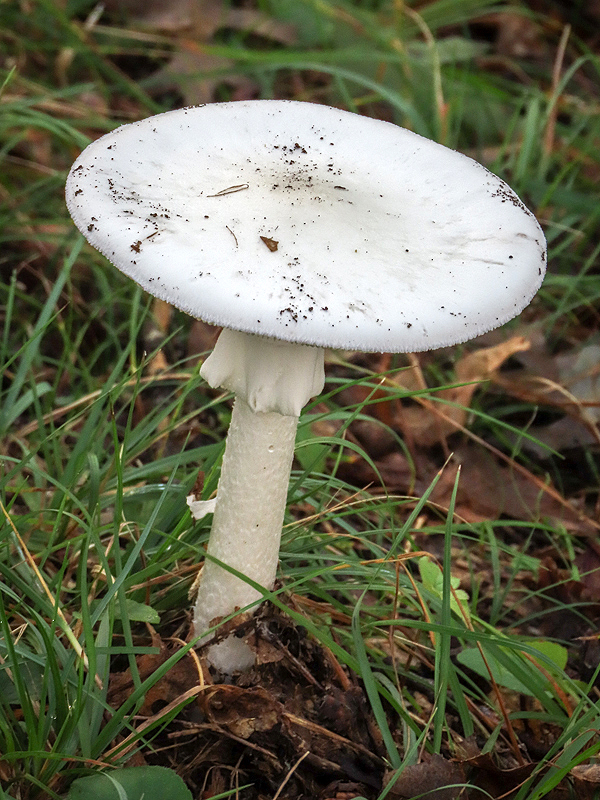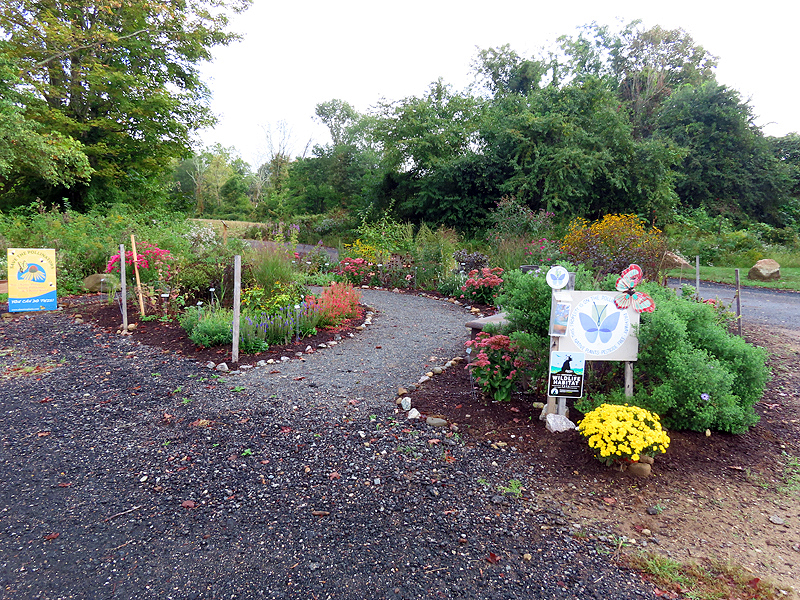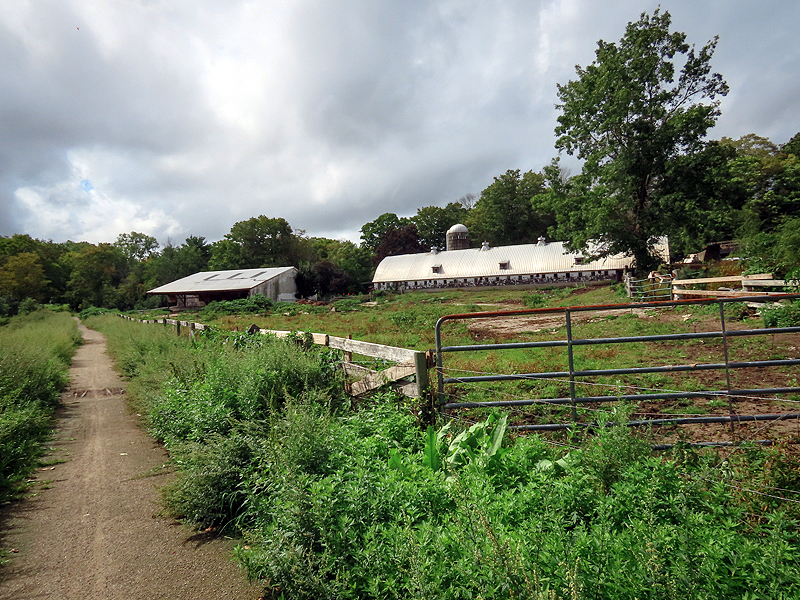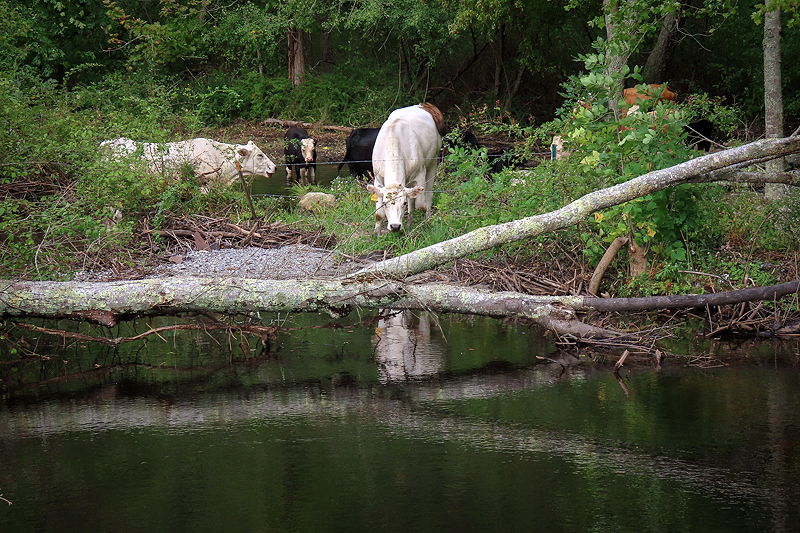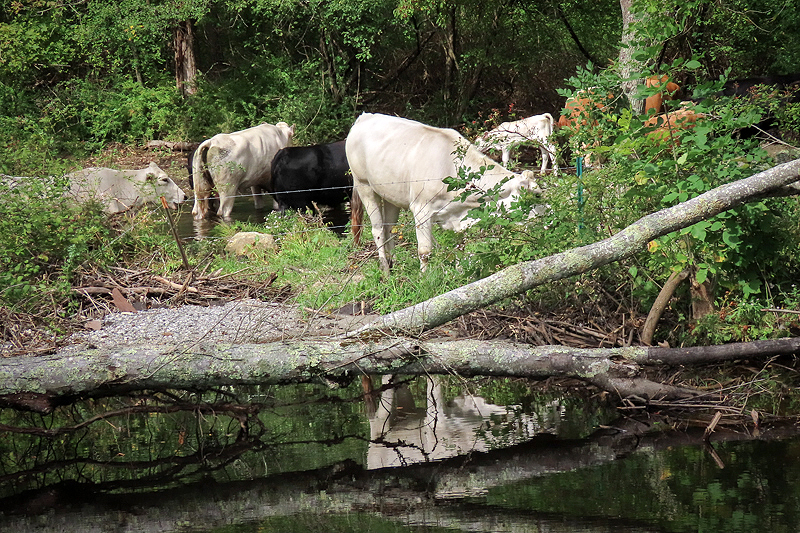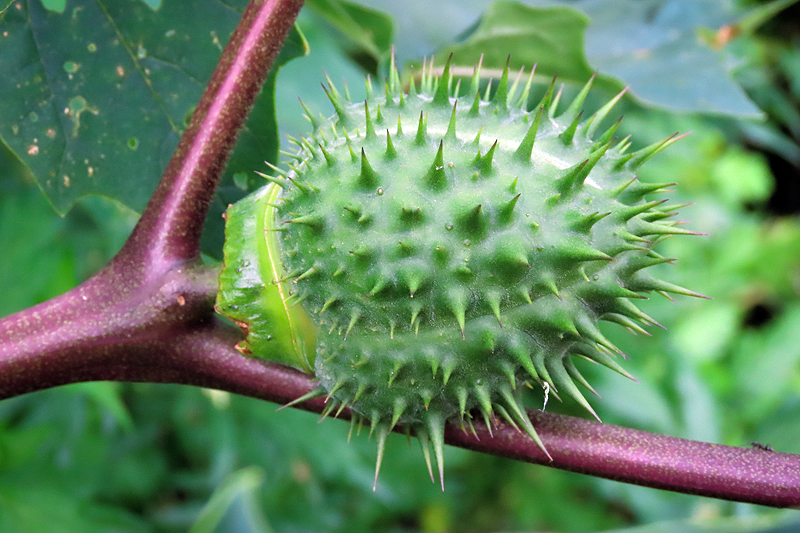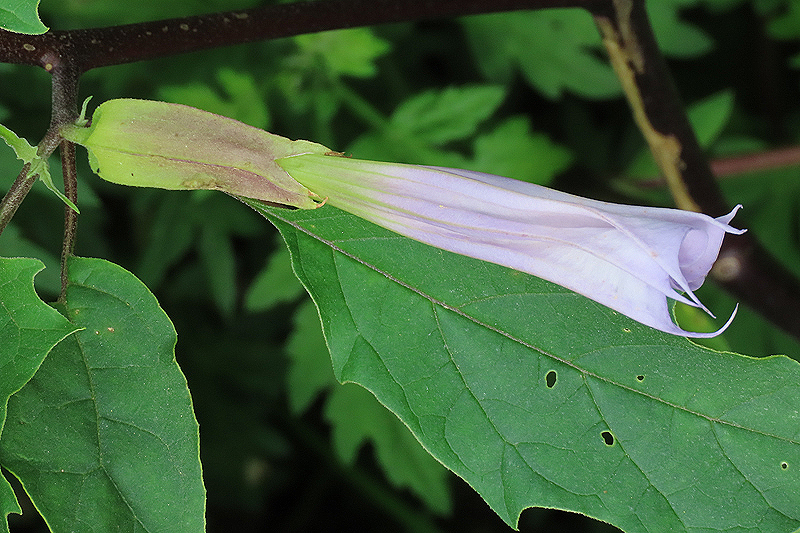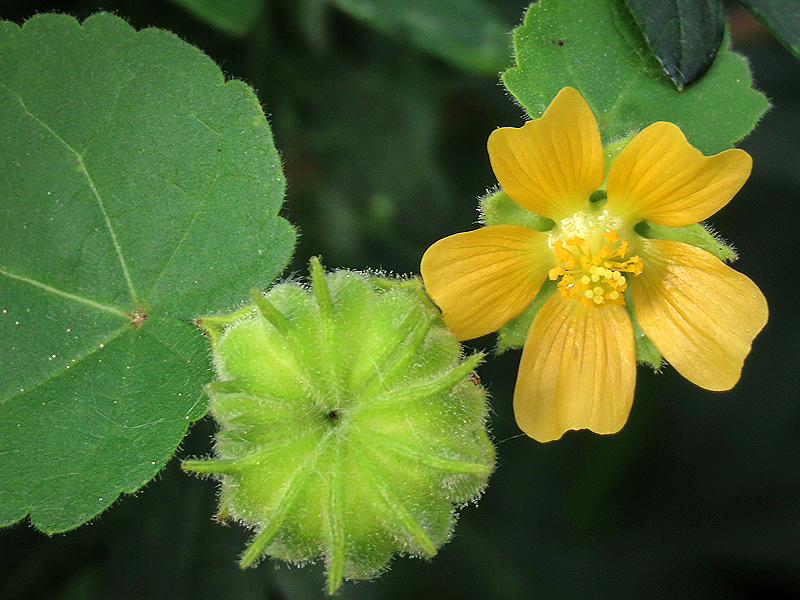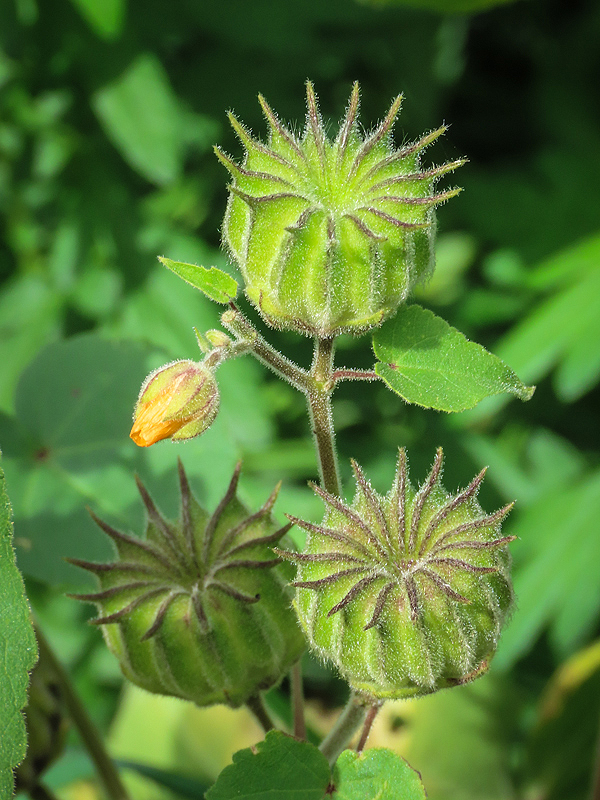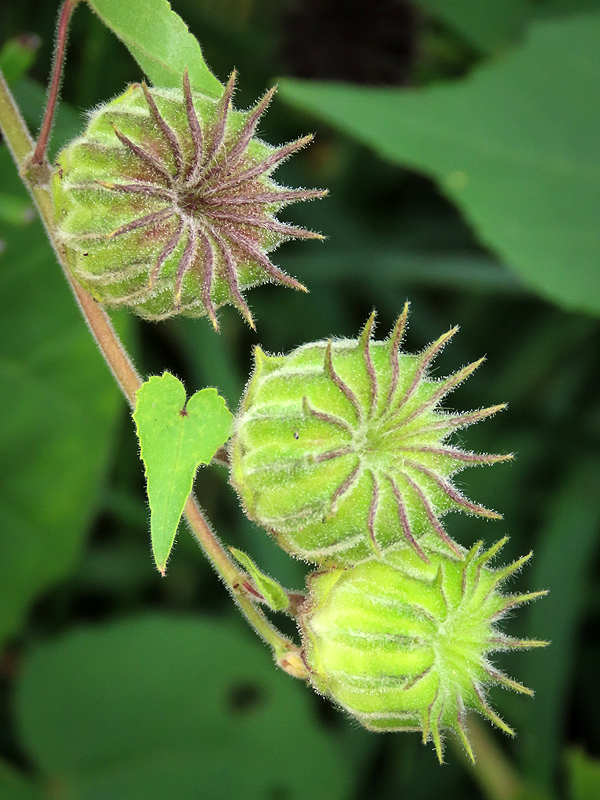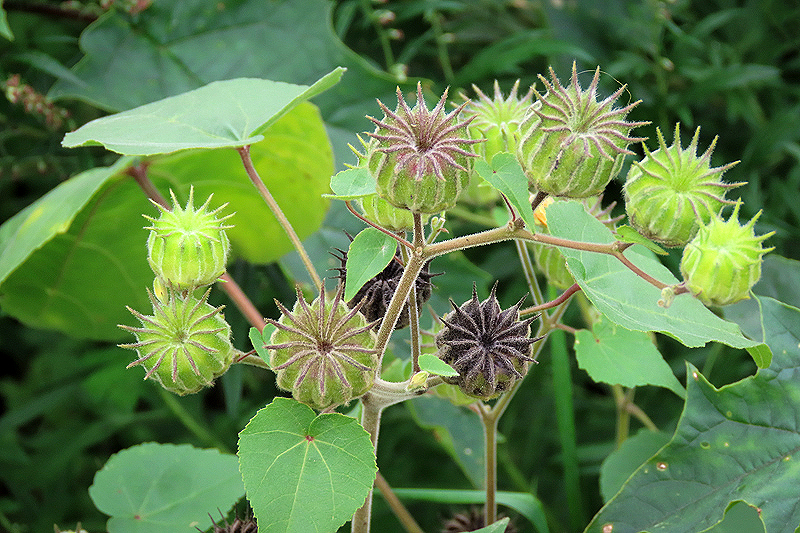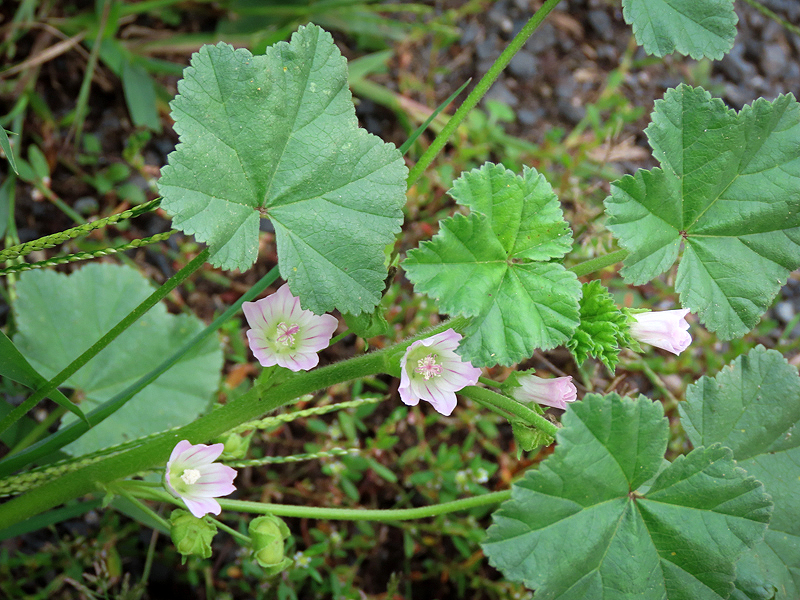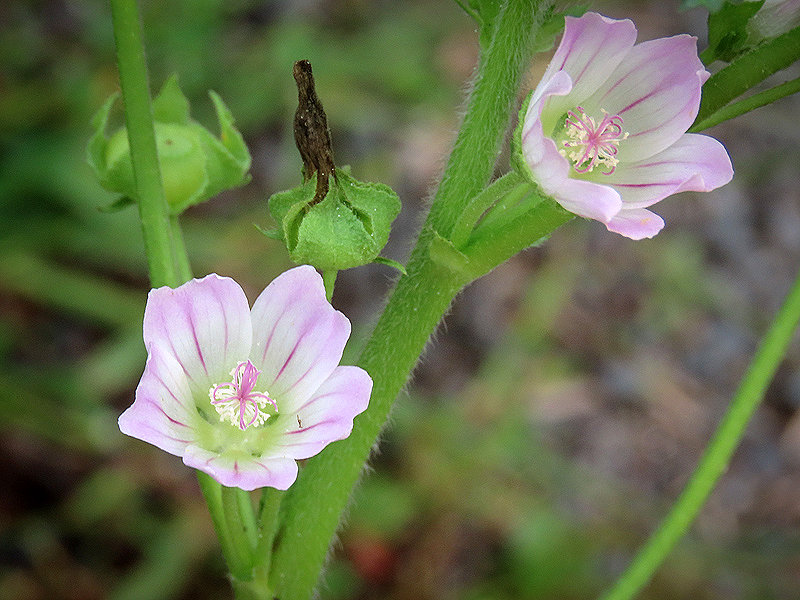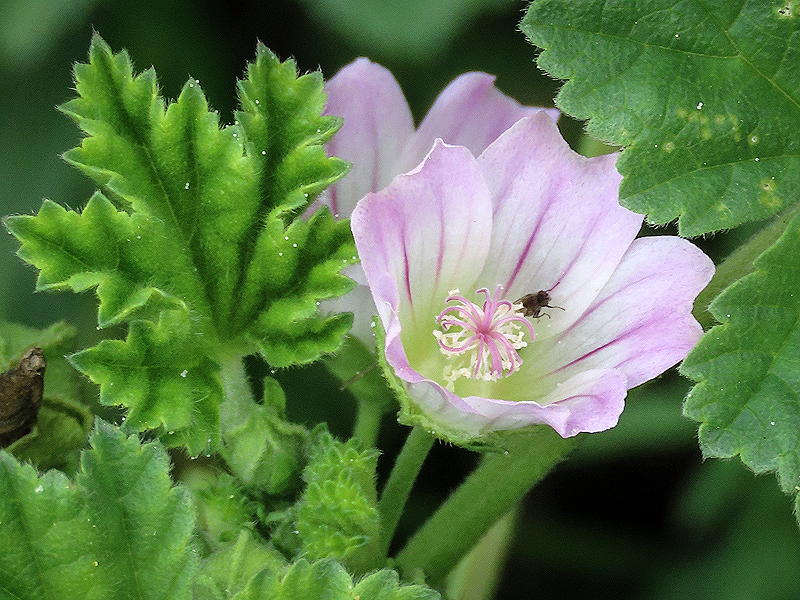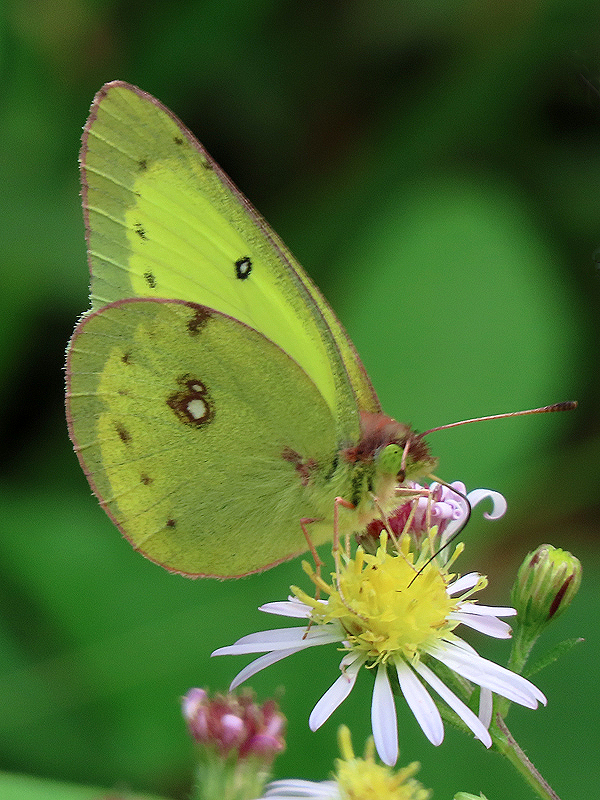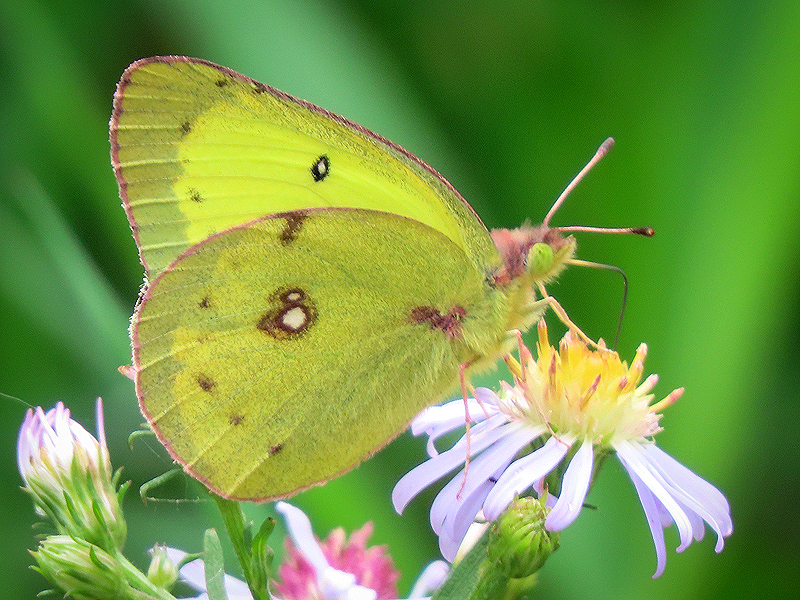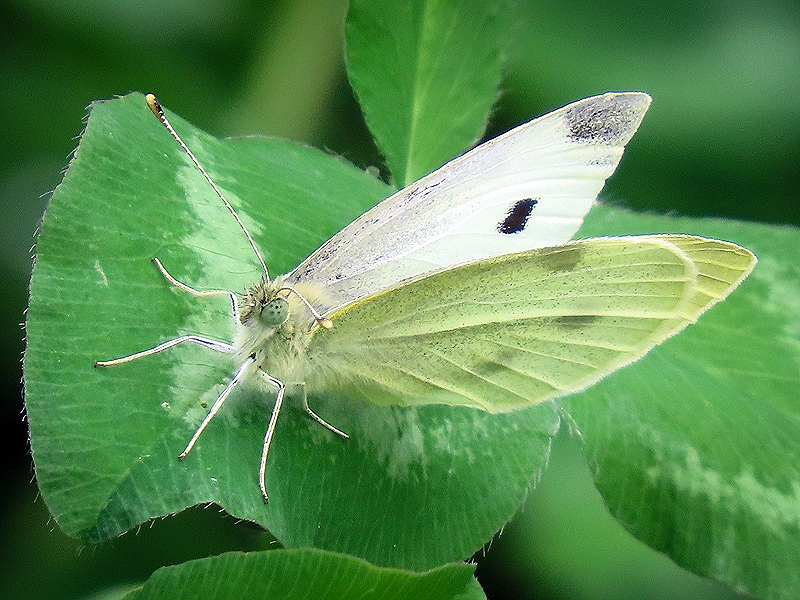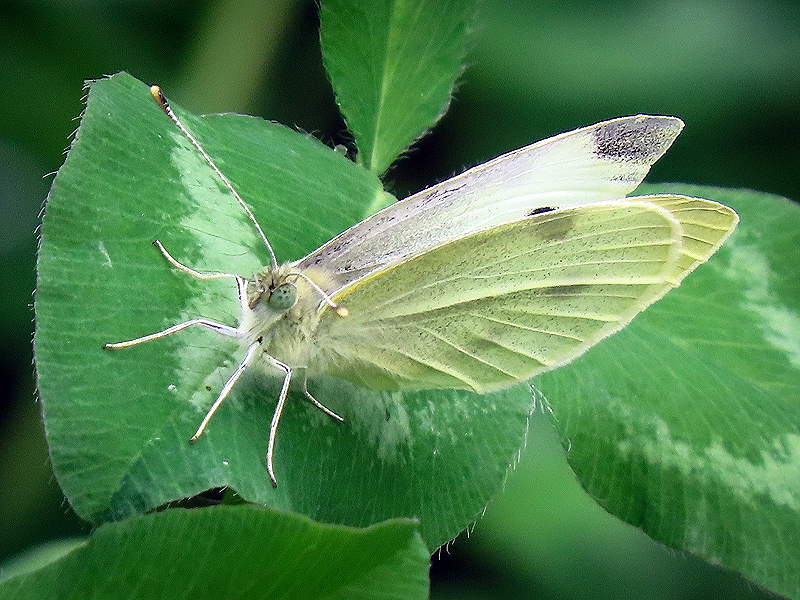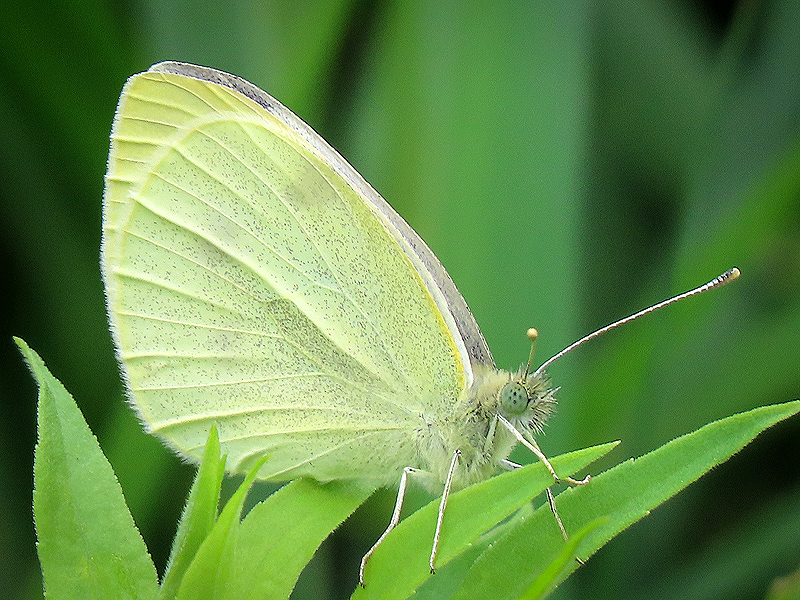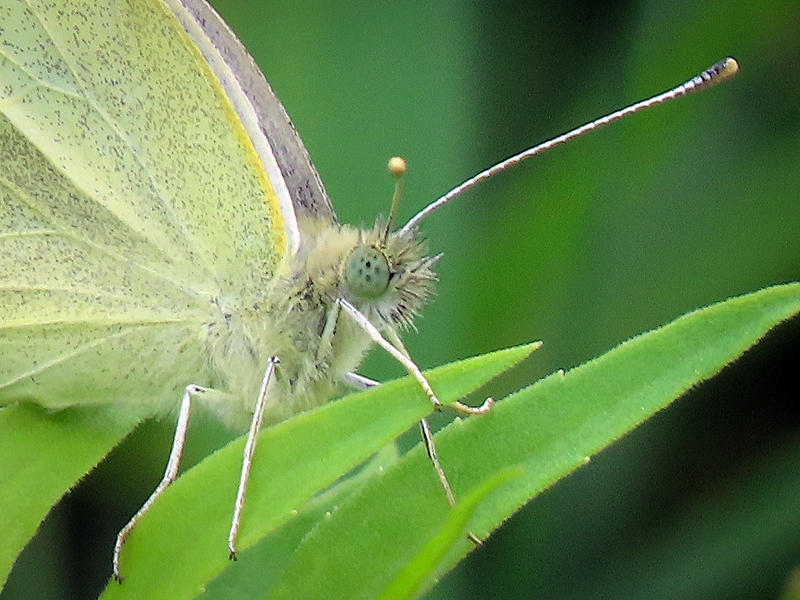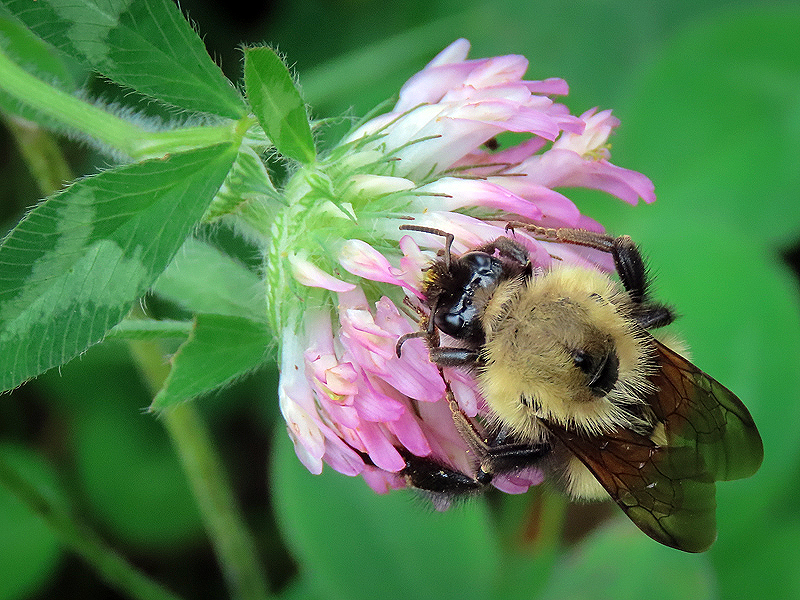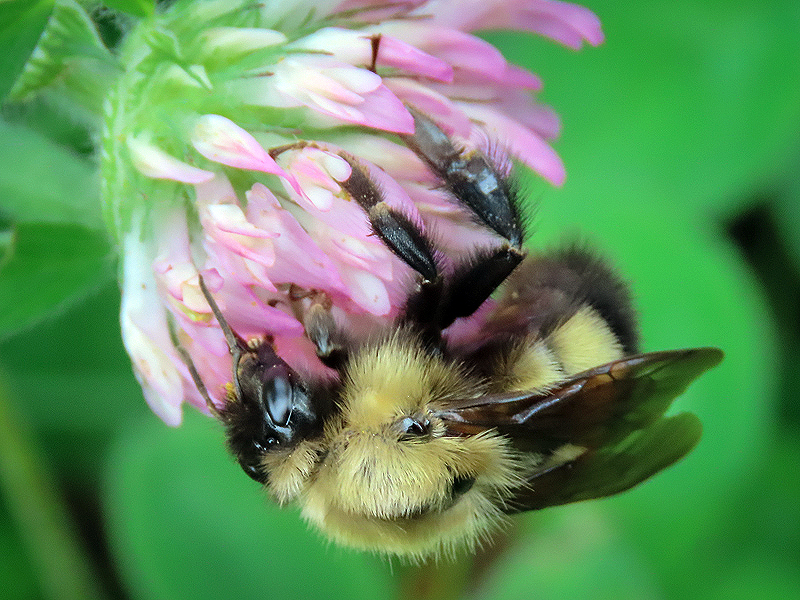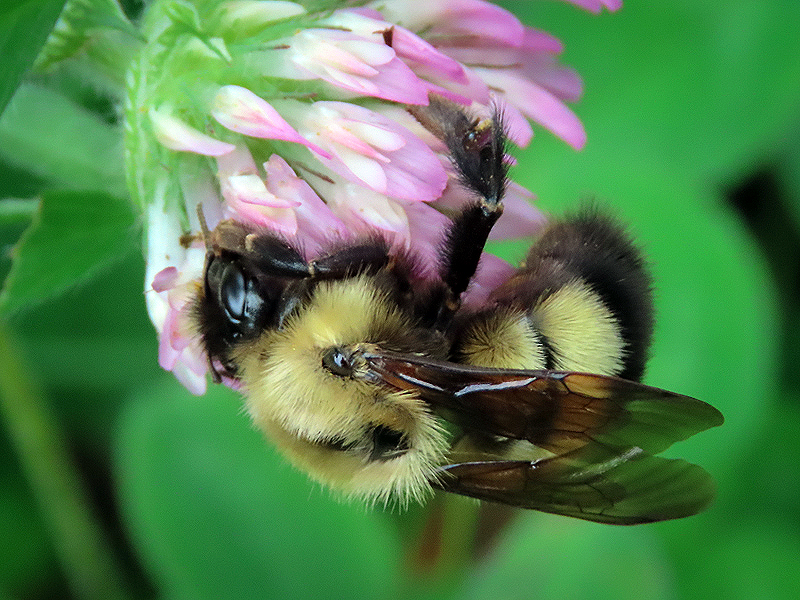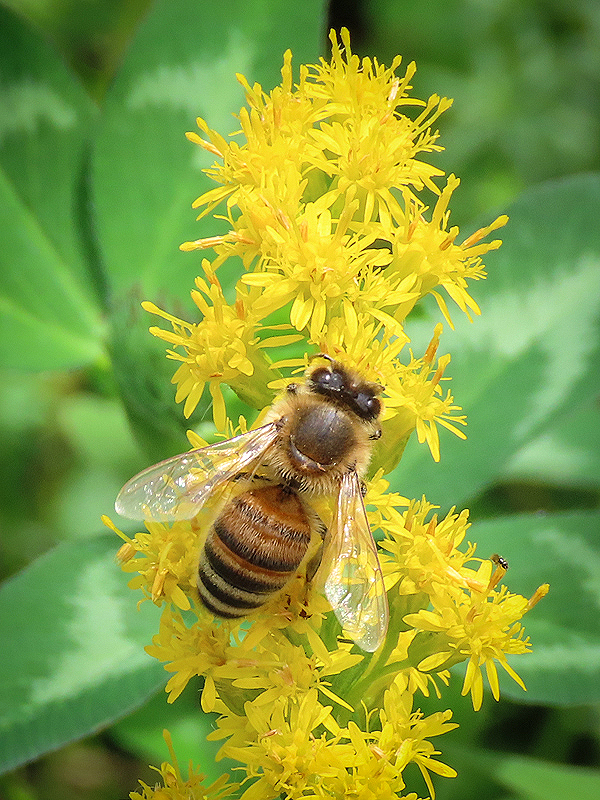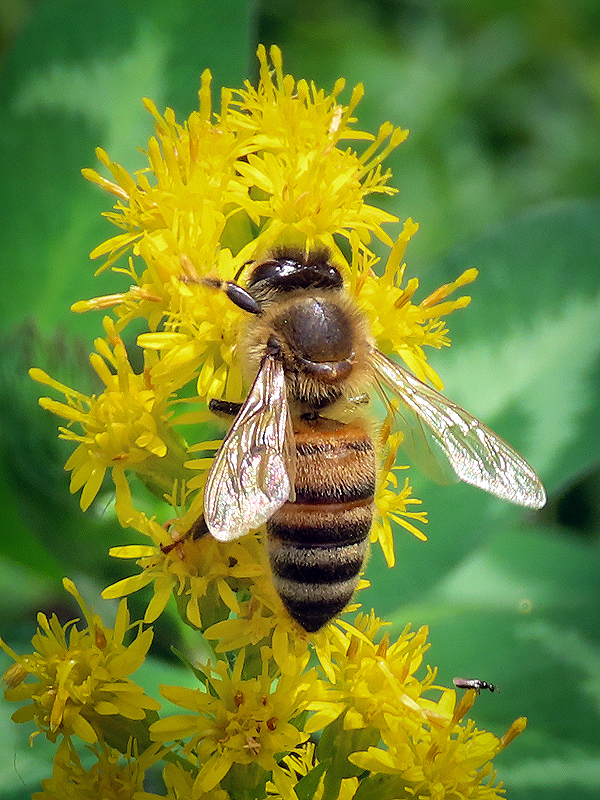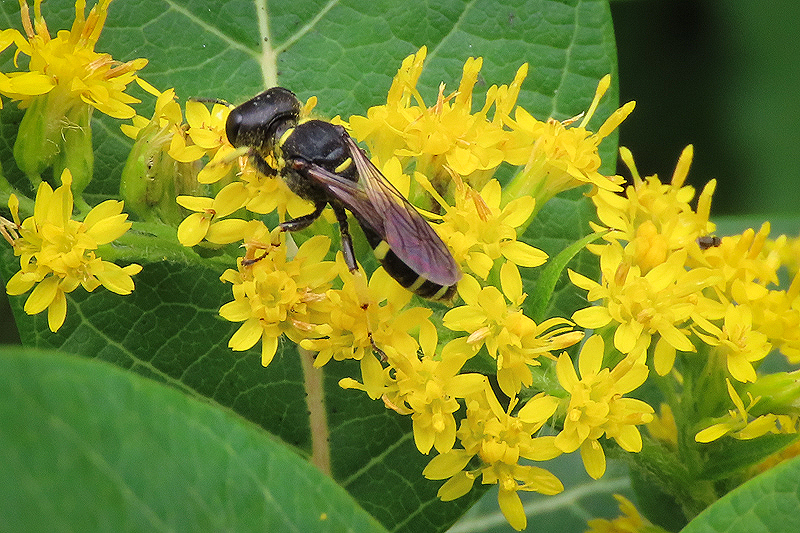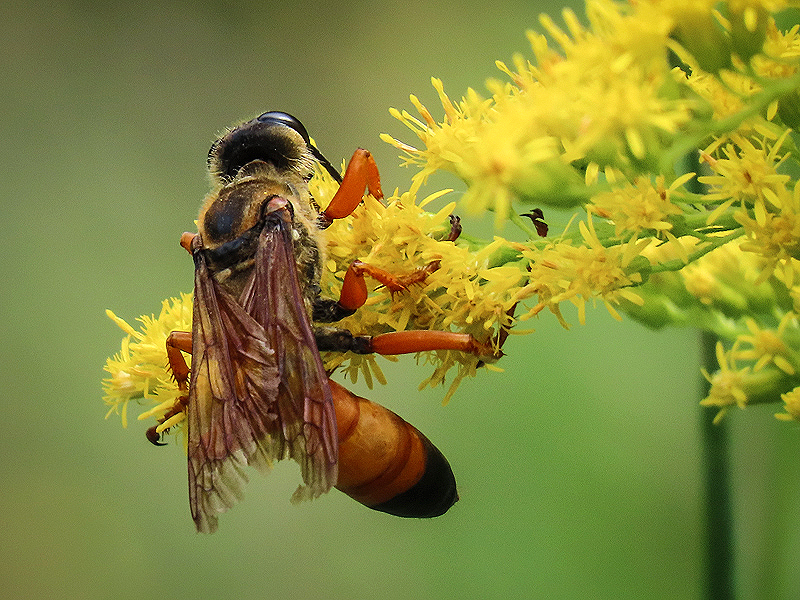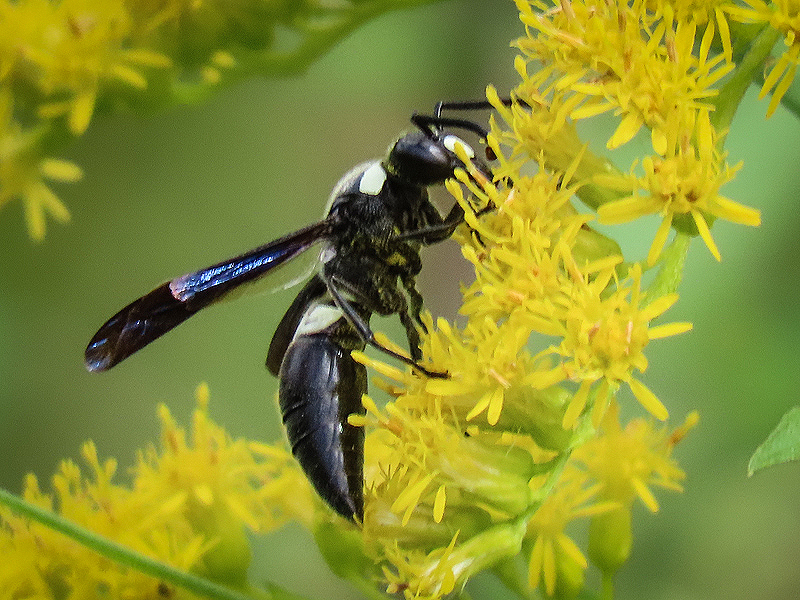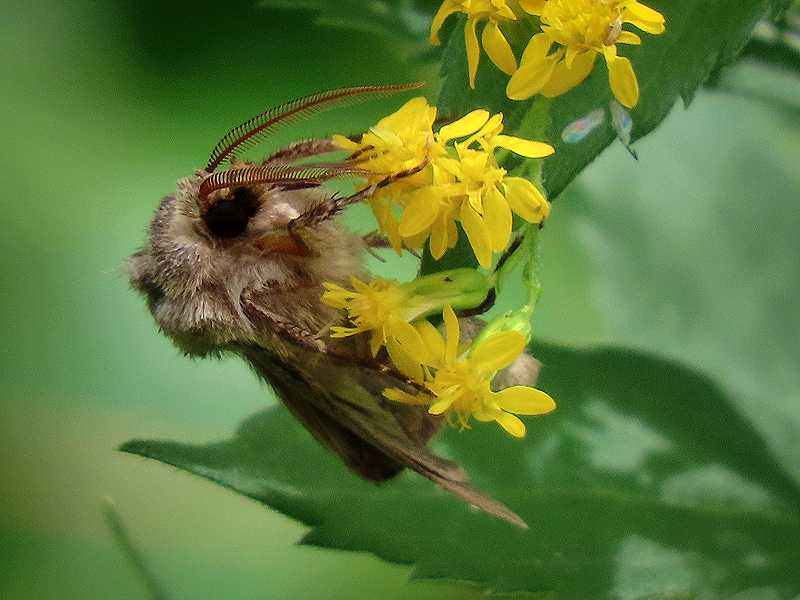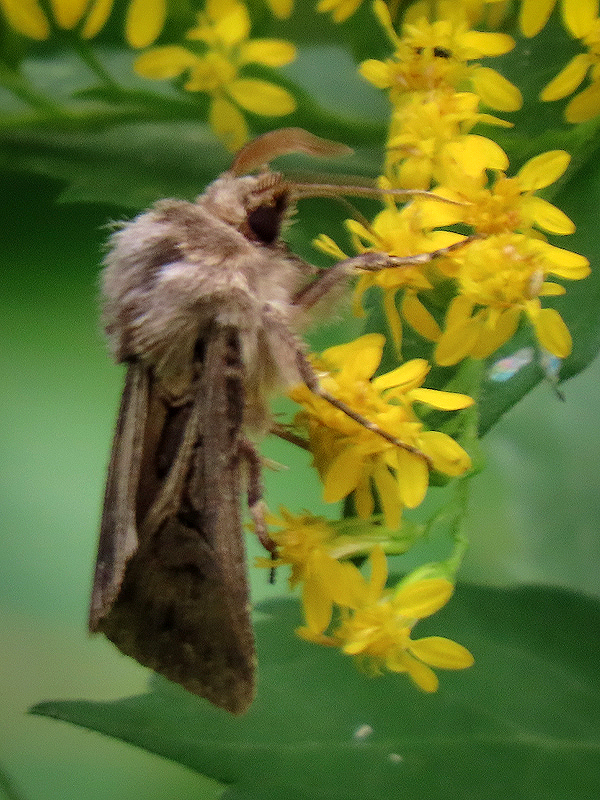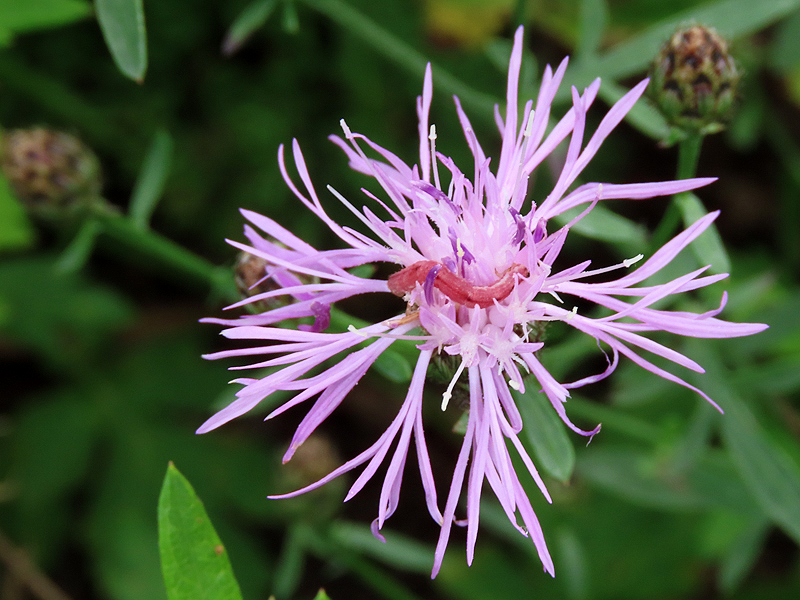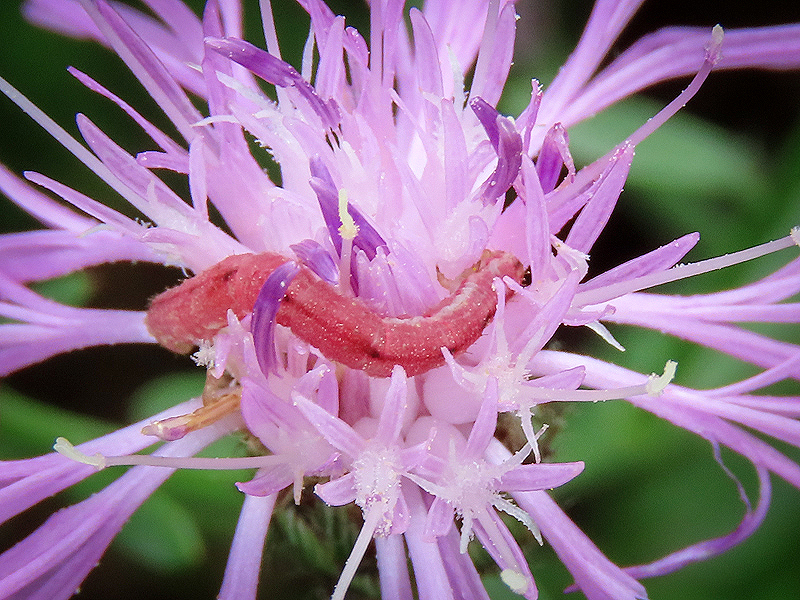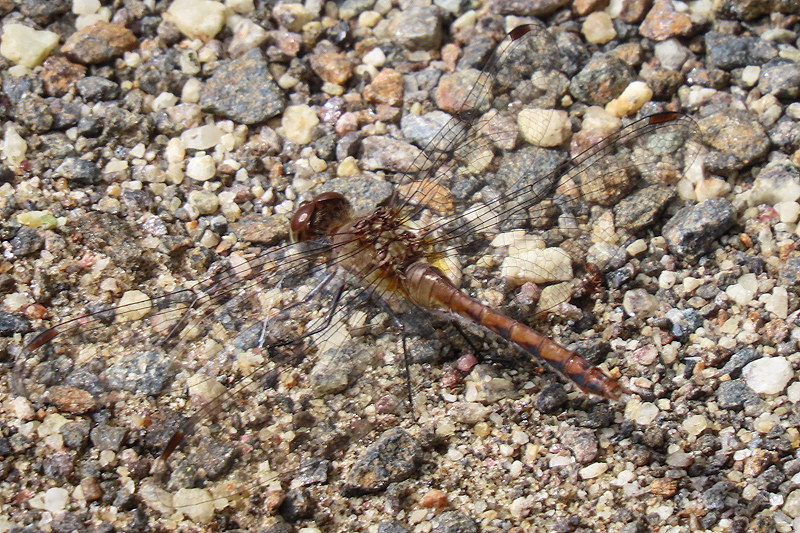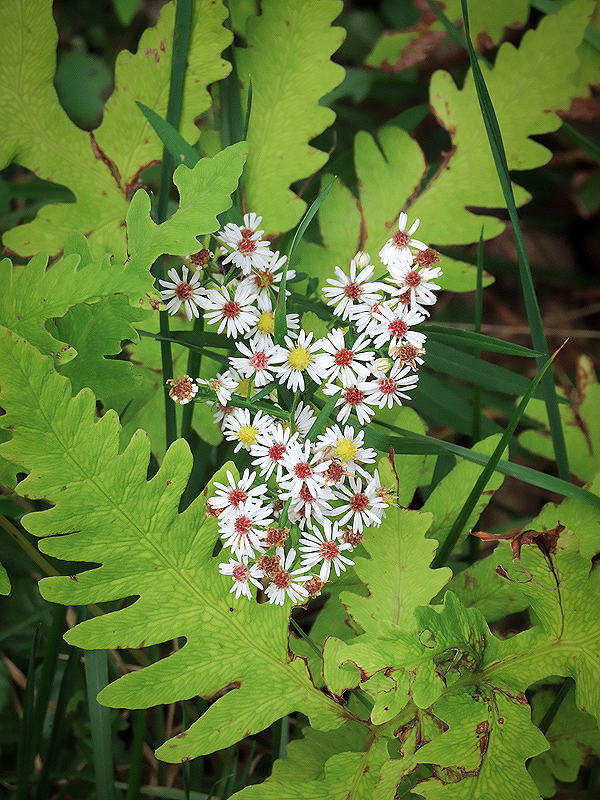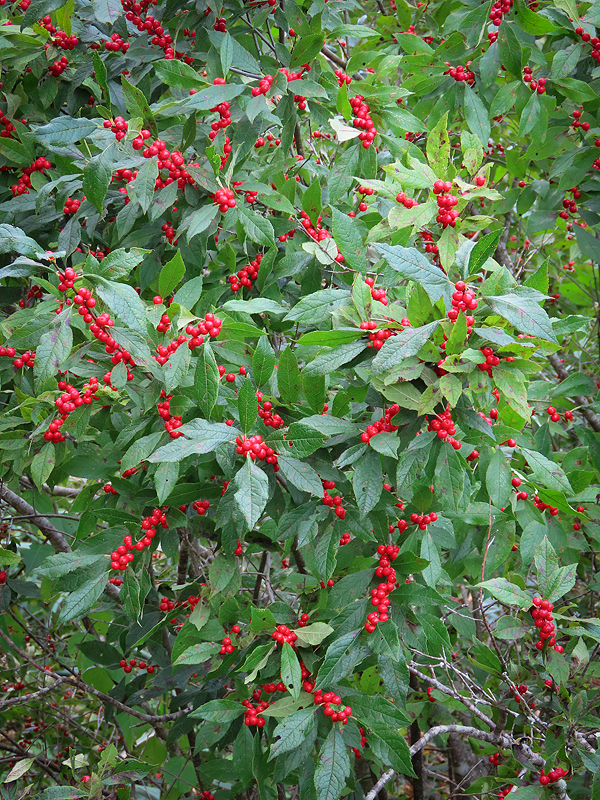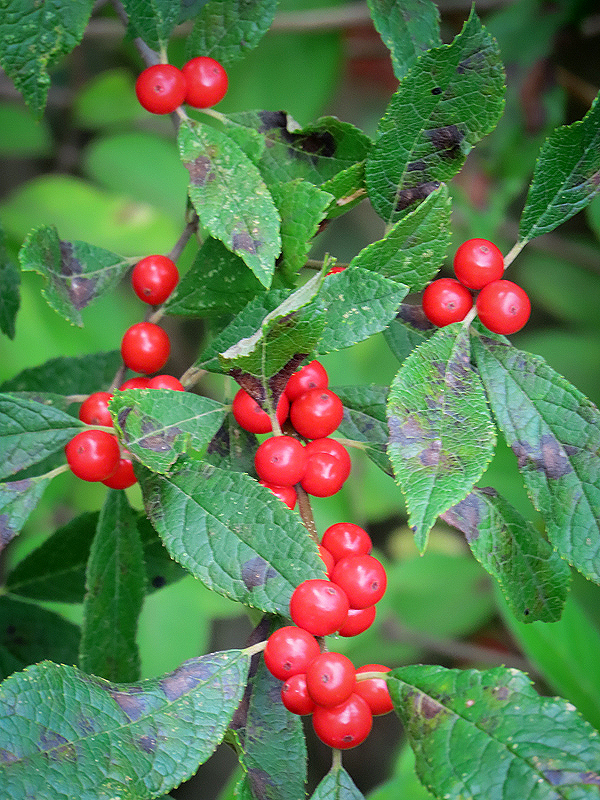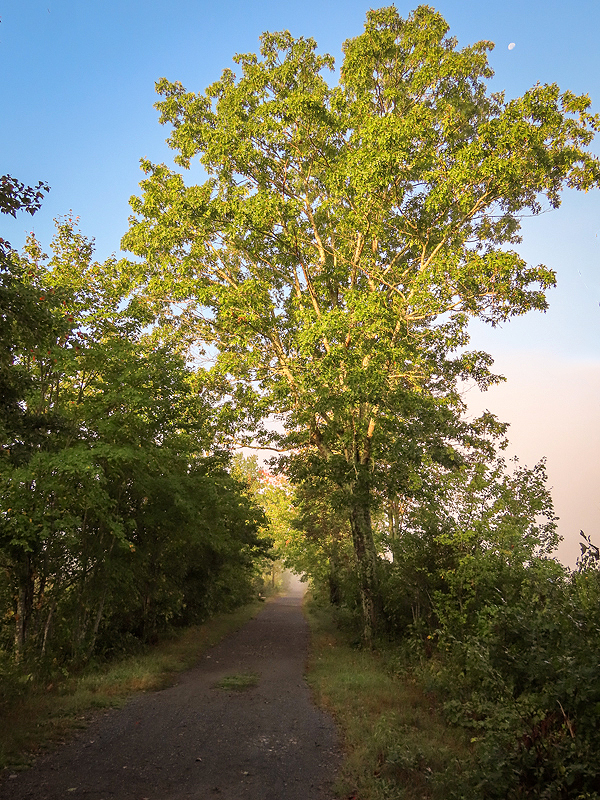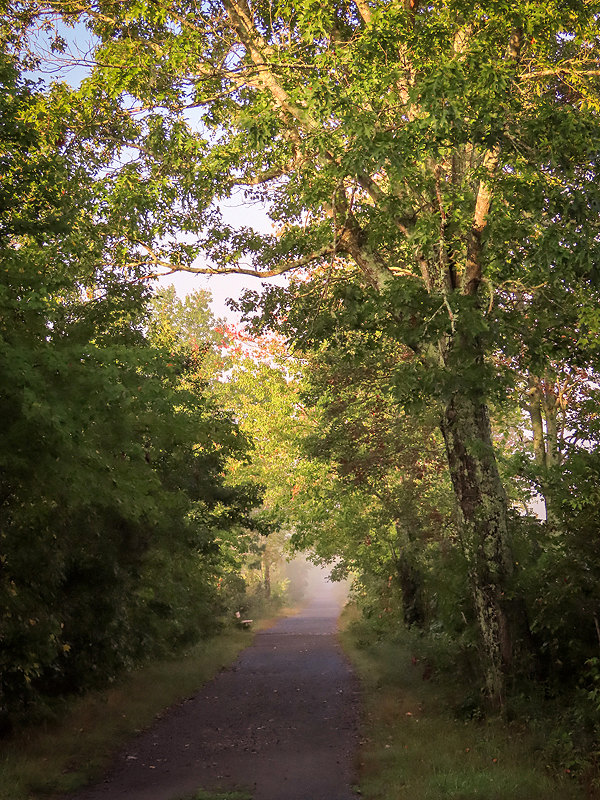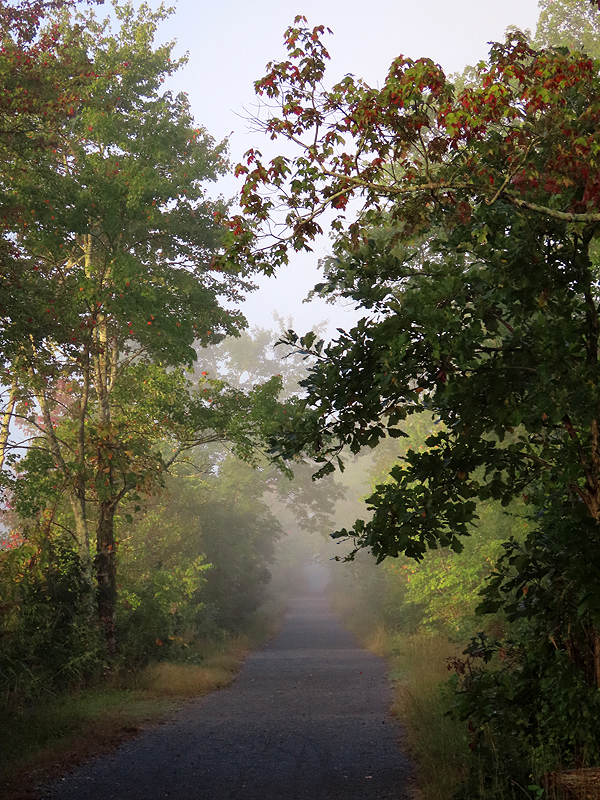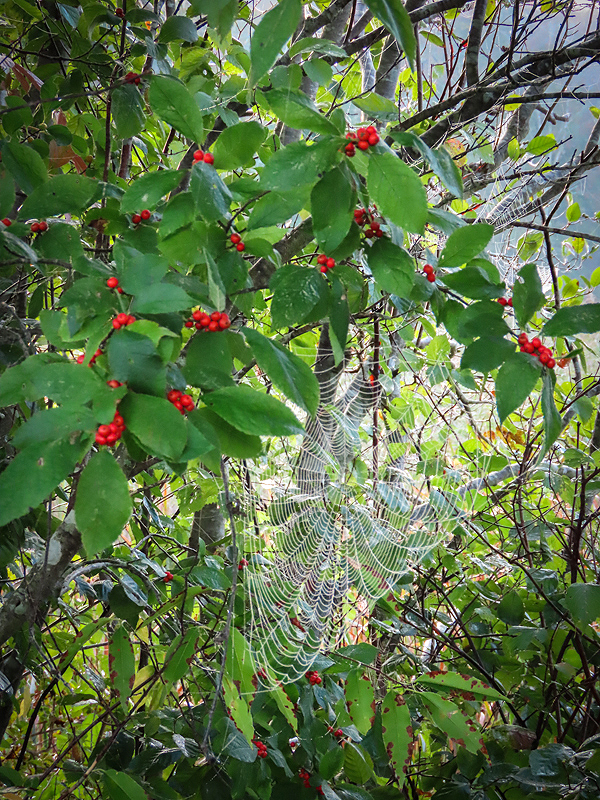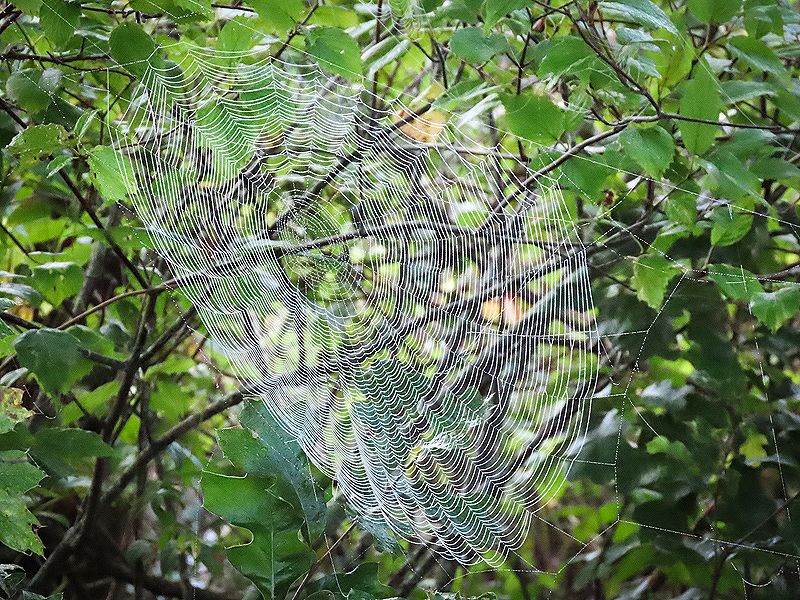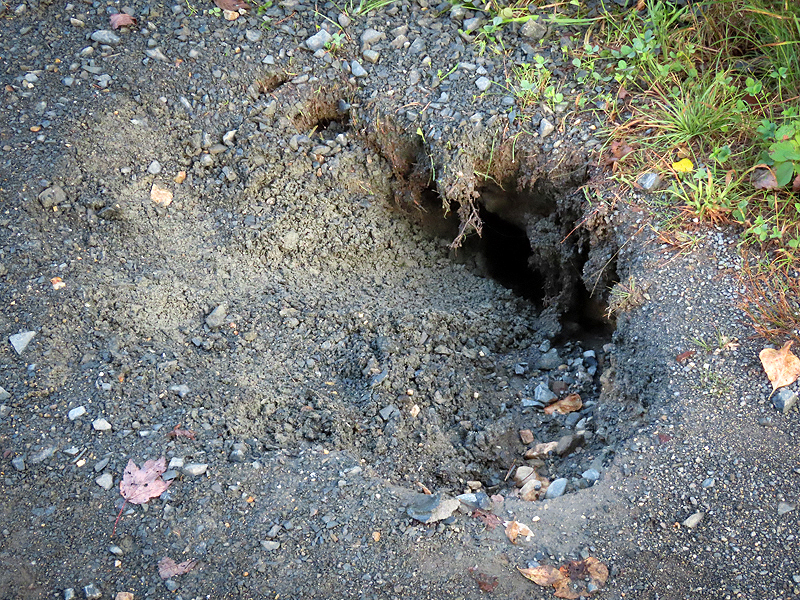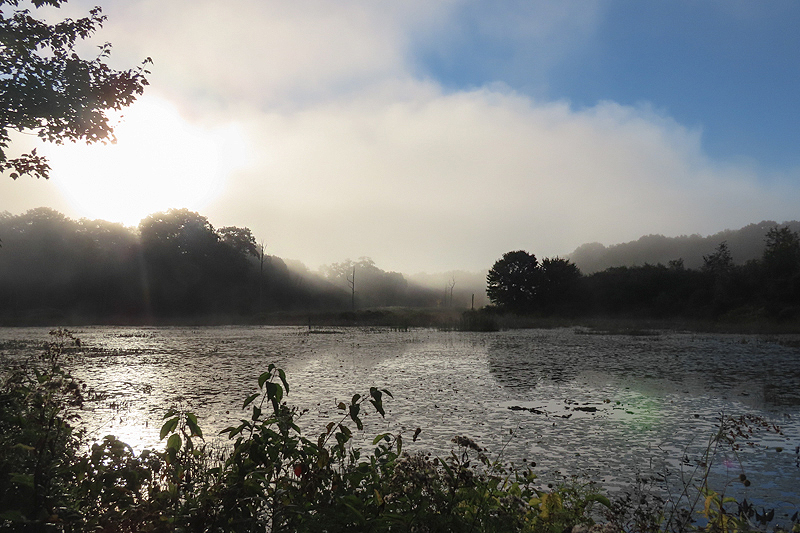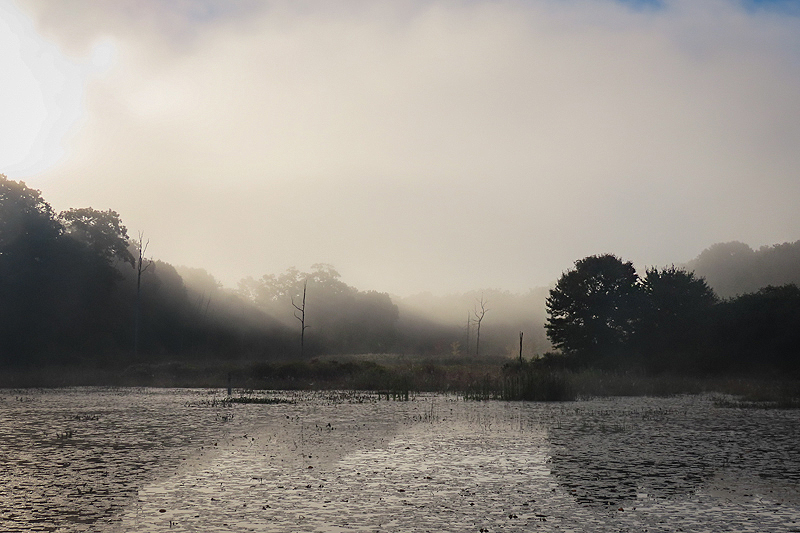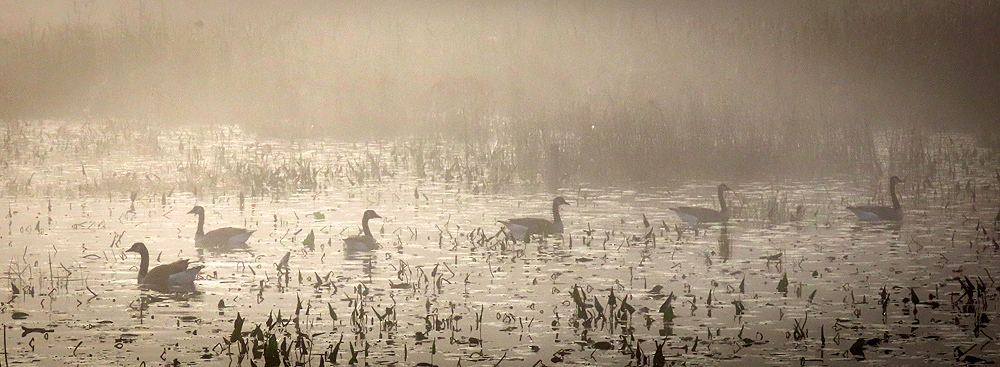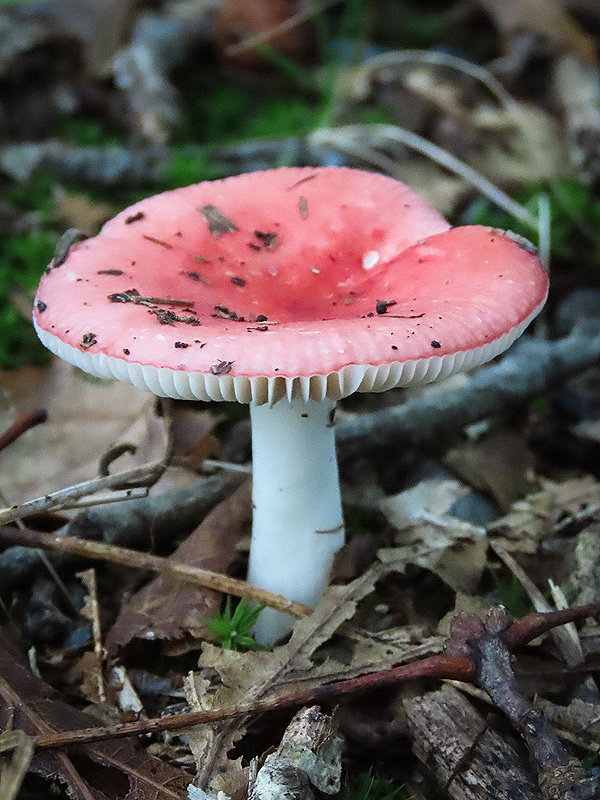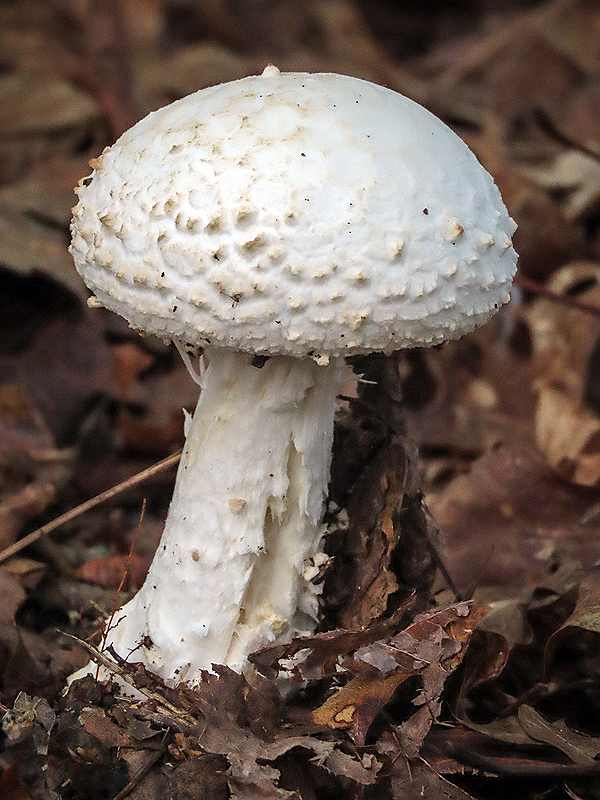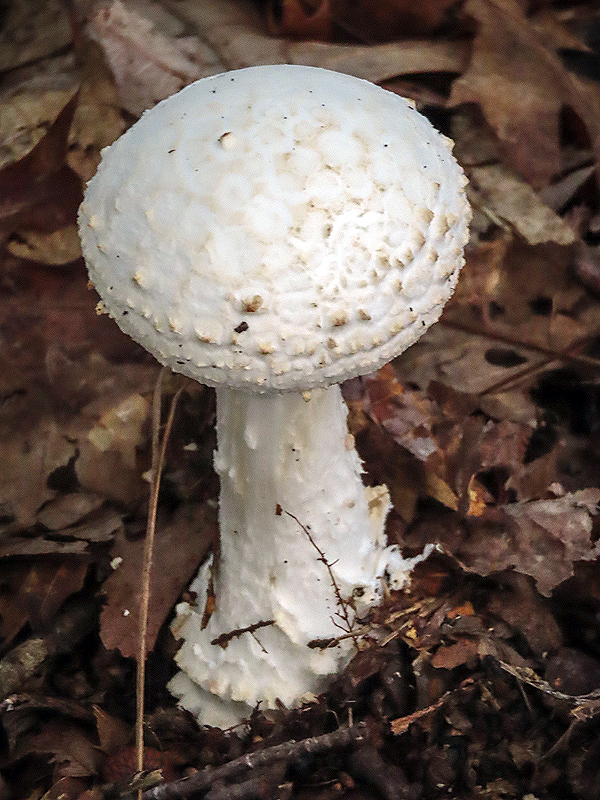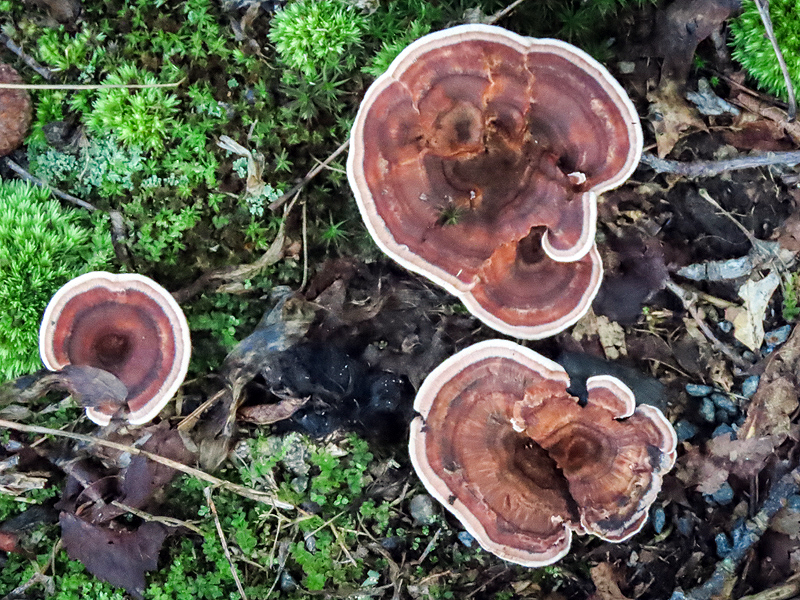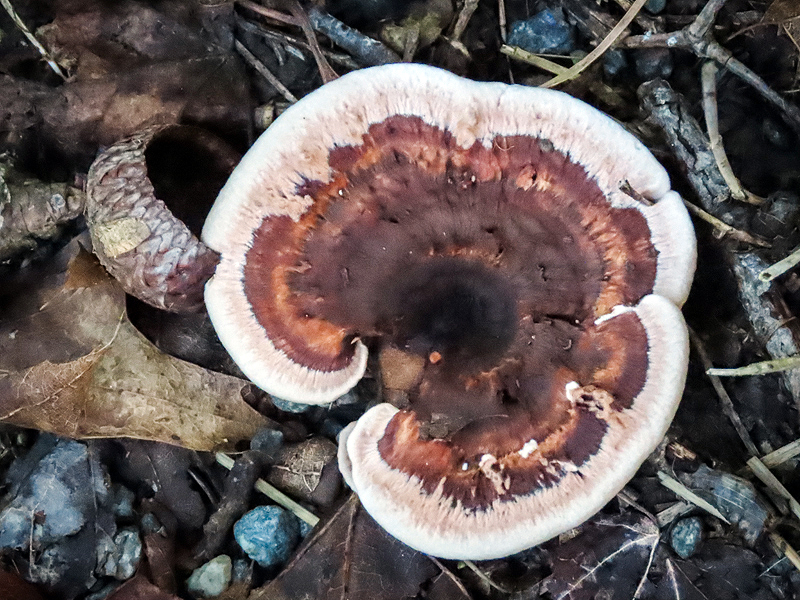Along the Air Line... 2021 - Fall, Part 1 The Air Line Trail in Eastern Connecticut - Stan Malcolm Photos |
HOME: Air Line... 2021 Pages Menu Stan's FlickR Albums |
September 23rd. Looks like Destroying Angel (Amanita virosa). |
I took a brief detour to the Pollinator Garden off Kinney Road in Hebron, located at the Raymonmd Brook Reserve's parking area. |
In the afternoon I walked east from Cook Hill Road in Lebanon. Where are all the cattle normally in this barnyard? |
Ah, they've come further east to the little pond opposite the marsh outlet. |
I saw nine or ten animals. |
Purple Thorn-apple or Jimsonweed (Datura stramonium var. tatula). Poisonous. |
|
|
|
|
|
Common Mallow or Cheeses (Malva neglecta). |
|
|
|
Clouded Sulphur (Colias philodice). |
|
Cabbage White (Pieris rapae). |
|
|
|
Bumble Bee (Bombus sp.) on Red Clover (Trifolium praetense). |
|
|
Honey Bee (Apis mellifera). |
|
Square-headed Wasp (Ectemnius sp.). |
Great Golden Digger Wasp (Sphex ichneumoneus). |
Digger Wasp (Monobia sp.). |
A Cutworm moth (Feltia sp.). |
|
Unidentified caterpillar (probably Geometridae) on Spotted Knapweed (Centaurea maculosa). |
|
A female Meadowhawk dragonfly (Sympetrum sp.). |
Calico Asters (Symphyotrichum lateriflorum) and Senasitive Fern (Onoclea sensibilis). |
Winterberry (Ilex verticillata). |
|
September 25th. Fog lifting to reveal a sunny day at 50 degrees. |
|
|
Spiderwebs covered in dew, with Winterberry (Ilex verticillata). |
|
|
The sink hole is back. DEEP's repair just days ago was washed away by yesterday's rain. The hole must lead directly to the channel. |
|
|
Canada Geese (Branta canadensis) arrived just as I was walking back. |
September 26th. I used to assume this was the Emetic Russula (Russula emetica) but several other Russulas look very similar. None should be eaten. Hint "emetica". |
Most likely an Amanita sp. |
|
Hydnellum sp., a Tooth Fungus. (Thanks Terry!) |
|
